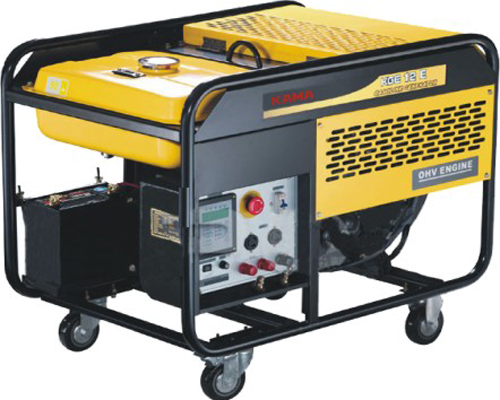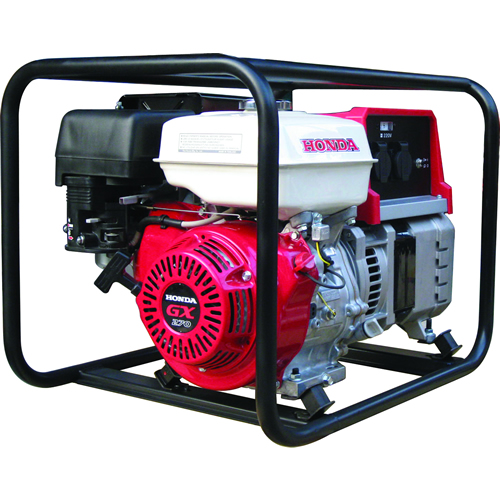Note the power of the machine

To avoid electrical overload as mentioned above, the generator should have a safety factor of about 1.1, which means choosing the power by multiplying the load power by the safety factor.
For example, the calculated load power is 150KVA. The required power is: 150KVA x 1.1 = 165KVA. Depending on the condition of the old or new machine, running well or not, we have a safety factor from 1.1 to 1.25.
Avoid buying machines with unknown origins
Another thing to note is that generators generate a lot of noise, and uncertified or used machines will produce even more noise. If you don’t pay attention to this when buying, it could cause a lot of trouble for your family or even your neighbors when using it.

Pay attention to where the generator is placed
The generator must be placed in a well-ventilated and not damp place. Do not place the generator inside the house during operation to avoid causing exhaust gas poisoning for the user.
When installing and using the generator, we should directly connect the devices to be used to the generator’s power source to limit the wastage and avoid overloading that can lead to generator damage. At the same time, when installing, it is necessary to install a power switching switch or an automatic transfer switch (ATS) to prevent the generator from being “backfed” when the grid suddenly recovers.

































